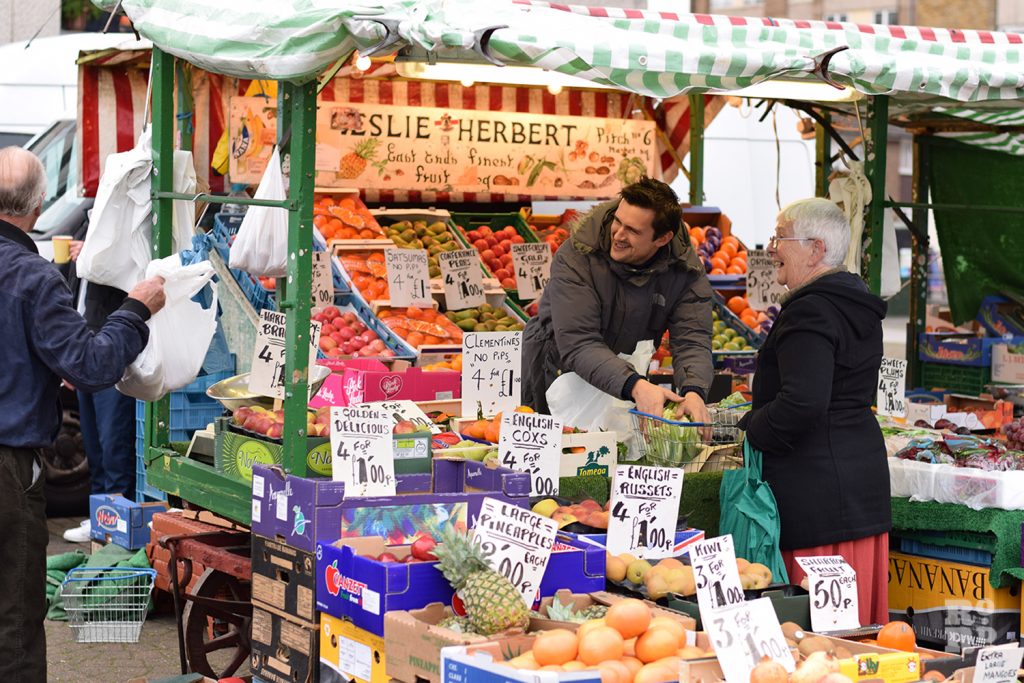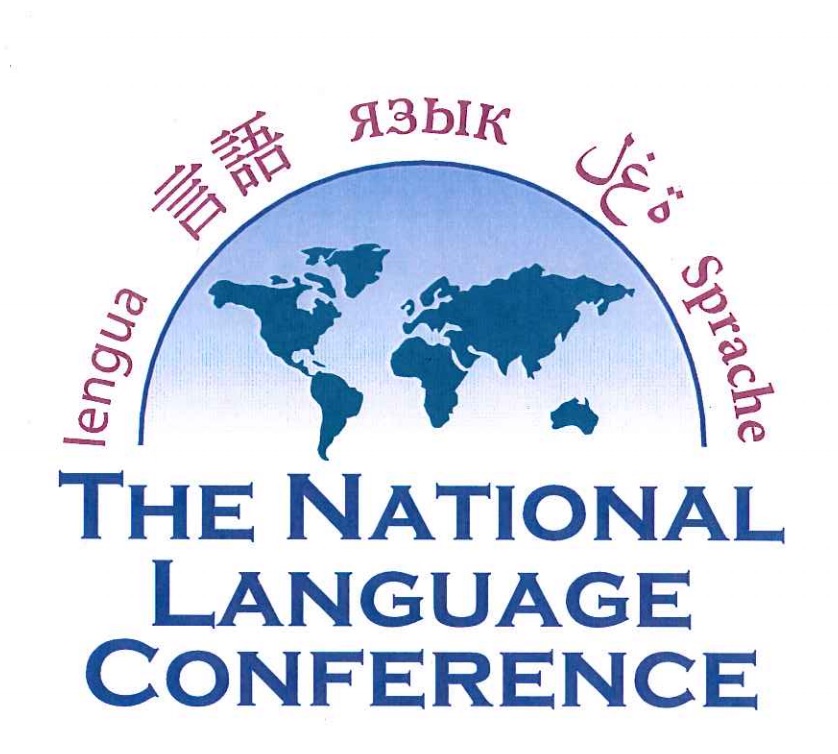They spelled "keister" wrong so this shouldn't surprise anyone. If this was some massive new build then I could excuse it but the fact these are small, rolling changes (literally paint) to existing infrastructure then I'm failing to understand why they can have these issues. You know this stuff gets reviewed by a group before getting "okayed" yet issues like this are still happening.
Not to get out of line (or political/whatever you'd call it) but with the large inclusivity push they're having, you'd think they would really stress the importance of getting this right the first time around.
I'm not stressed or anything over this, just disappointed in the company with all of the oddities over the previous few years (Epcot overhaul, attraction build time, shear amount of lag with projects, show quality, the freaking 50th. Other parks are seriously showing WDW up, hard).






